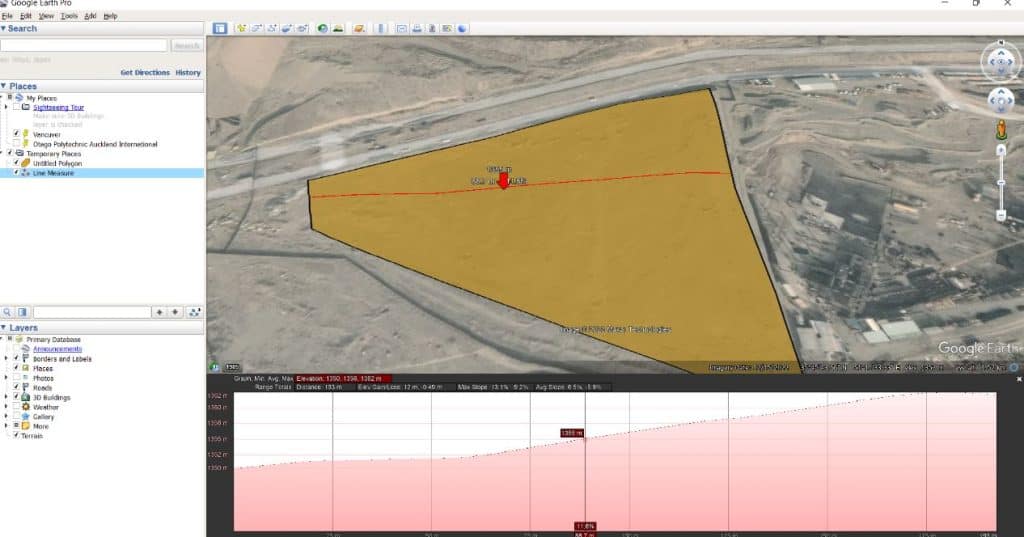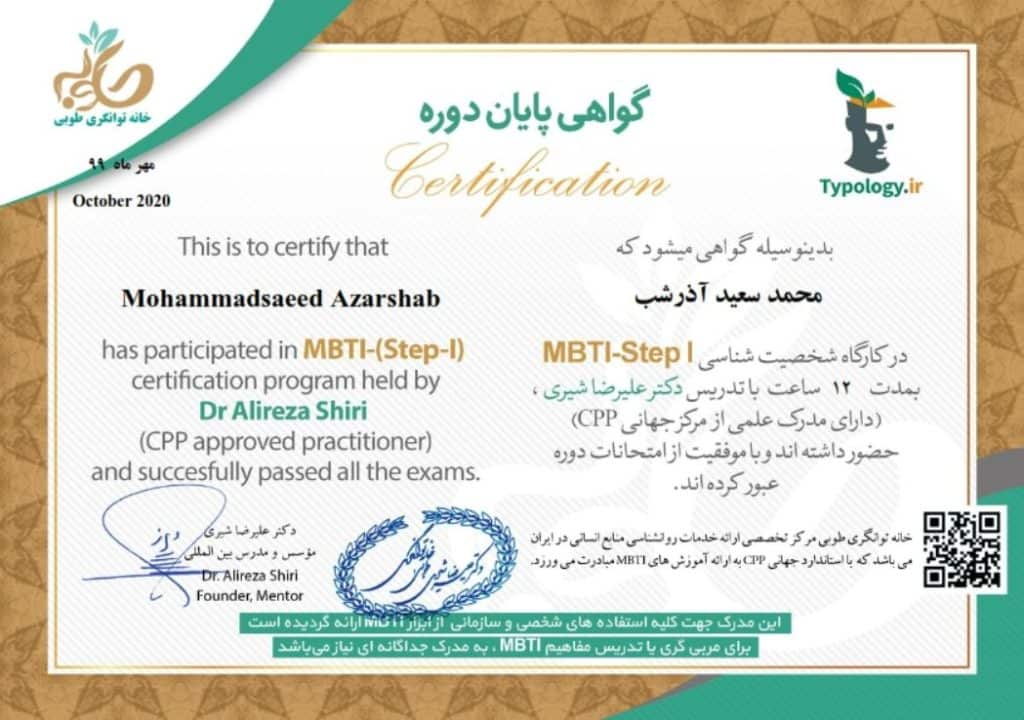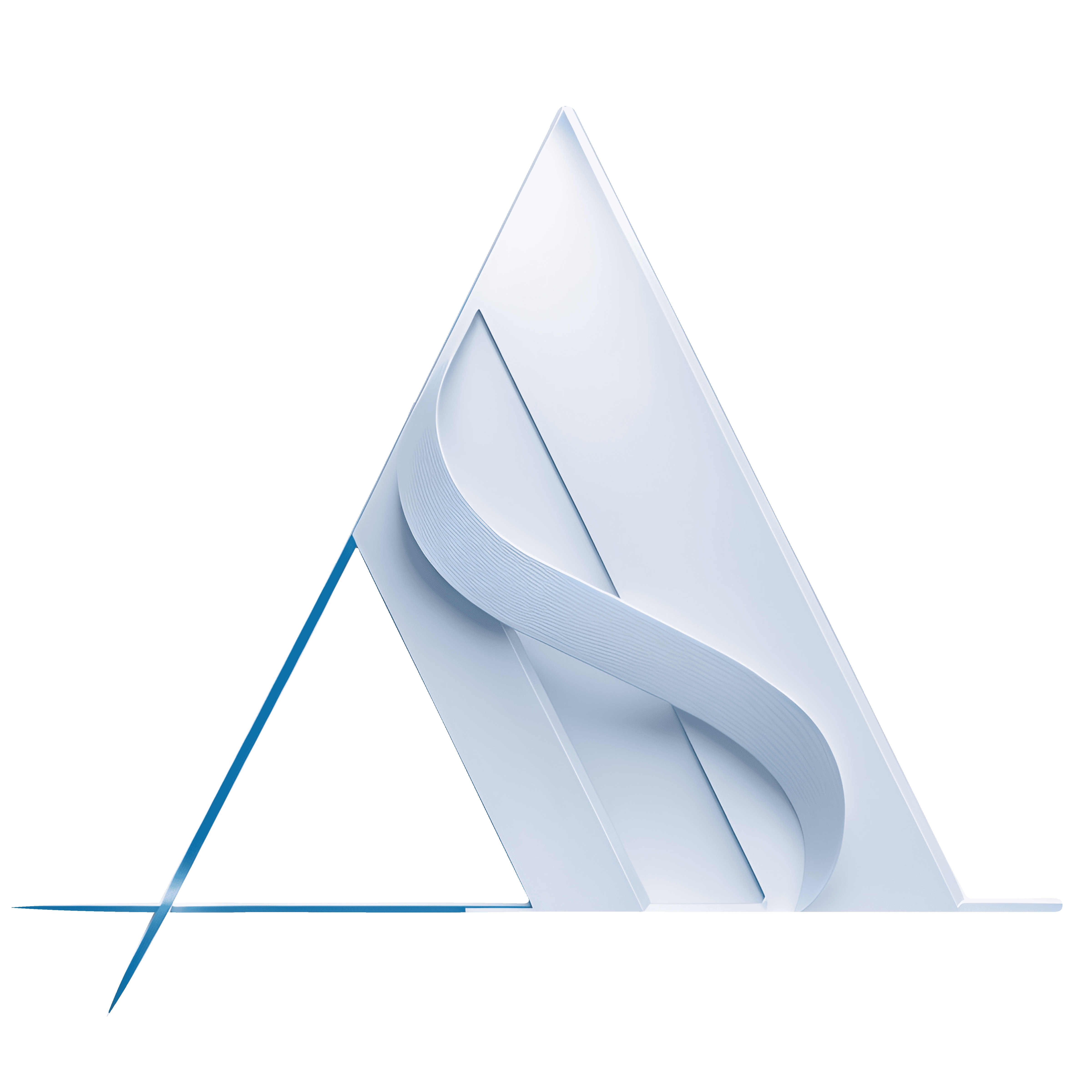
An architect can enhance their understanding of a client’s needs by utilizing neuro-linguistic programming (NLP) techniques to keenly observe and interpret non-verbal cues during conversations, such as body language and tonal variations. By actively employing NLP principles, architects can tailor their communication style to align with the client’s preferred sensory channels, ensuring information is conveyed in a manner that resonates most effectively. This personalized approach fosters a stronger client-architect relationship, as the architect demonstrates an enhanced ability to understand and address the client’s unique preferences and aspirations.

By utilizing the OCEAN Model, an architect can assess the client’s personality traits related to Openness, Conscientiousness, Extraversion, Agreeableness, and Neuroticism. This understanding enables the architect to tailor their approach, design concepts, and communication style to align with the client’s individual characteristics, fostering a more empathetic and harmonious relationship based on a deeper comprehension of the client’s needs and preferences.

An architect can enhance their understanding of the client’s needs by employing the Myers-Briggs Type Indicator (MBTI) to identify the client’s personality preferences, such as introversion or extroversion, sensing or intuition, thinking or feeling, and judging or perceiving. By tailoring their design approach and communication strategies based on the client’s MBTI profile, the architect can establish a more resonant connection and cultivate a collaborative relationship that aligns with the client’s unique preferences and decision-making style.

An architect well-versed in zoning regulations can better understand the project’s needs by conducting a thorough analysis of local zoning codes and restrictions, ensuring the design aligns seamlessly with legal requirements and parameters. This expertise enables the architect to provide a more accurate and compliant plan, mitigating potential issues and streamlining the project’s approval process.

An architect with comprehensive knowledge of Building Codes can better understand the project’s needs by incorporating regulatory requirements into the design process, ensuring compliance with safety, accessibility, and structural standards. This expertise allows the architect to create a more accurate and feasible plan, minimizing potential setbacks and facilitating a smoother approval process.

An architect proficient in Global Mapper can enhance project understanding by leveraging geospatial data to analyze terrain, environmental factors, and site characteristics, facilitating a more informed and precise design approach. With this tool, the architect can create more accurate plans that account for geographical nuances, optimizing the integration of the project within its surroundings.

An architect utilizing Google Earth can gain valuable insights into the project by virtually exploring the site, assessing topography, and understanding contextual factors, leading to a more comprehensive understanding of the design requirements.


An architect proficient in Agisoft Metashape can enhance project understanding by utilizing photogrammetric techniques to generate detailed 3D models and terrain data, providing a comprehensive view of the site’s topography and spatial characteristics. This enables the architect to create a more accurate plan that considers the intricate details of the project environment, resulting in a design that seamlessly integrates with the surrounding landscape.

